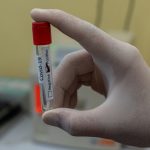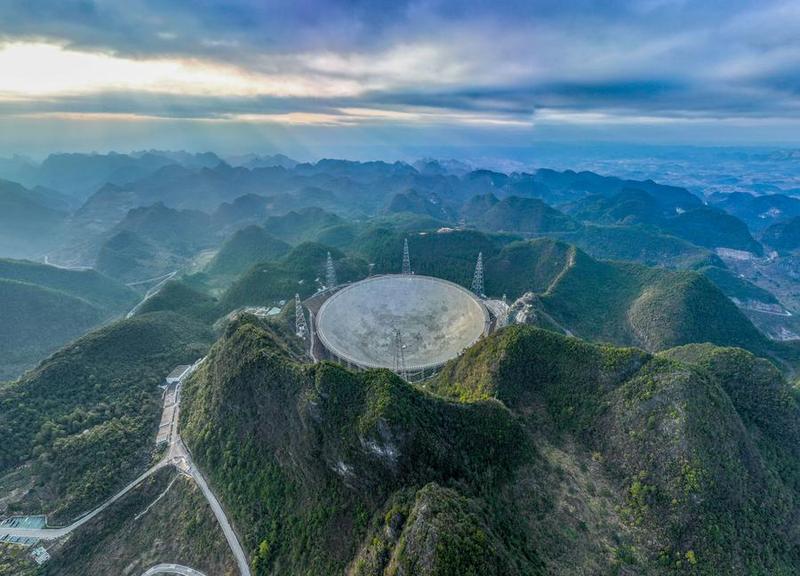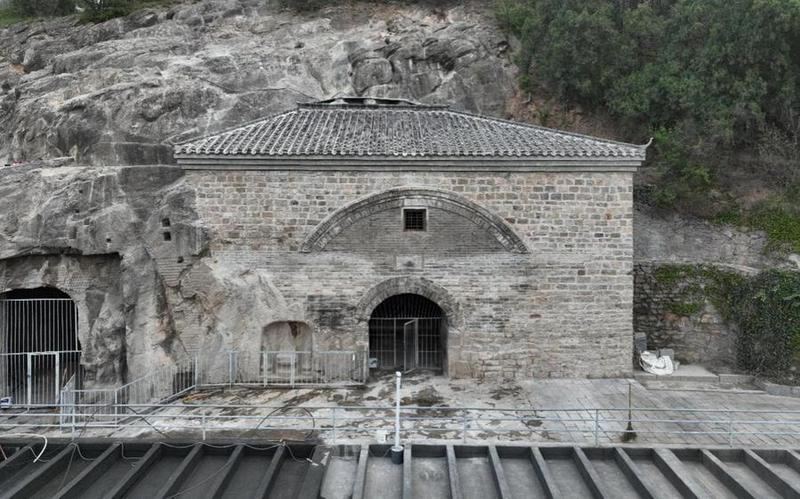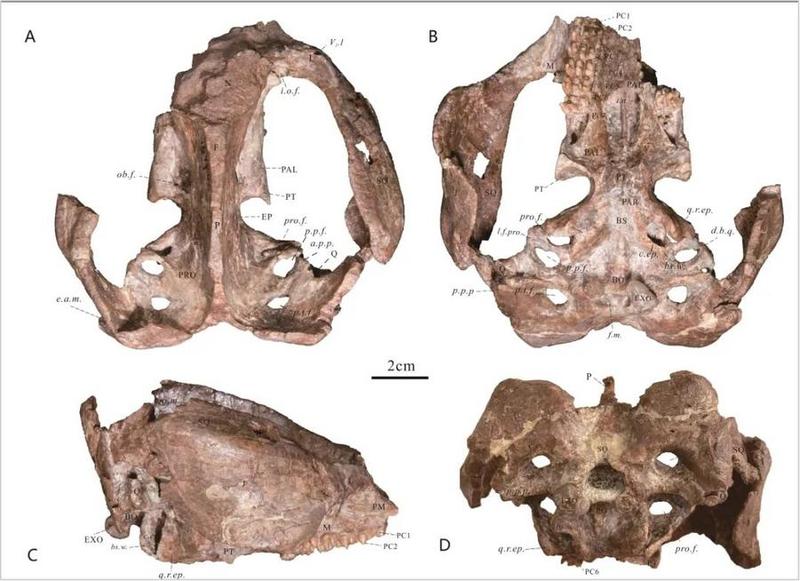Indonesia’s mahakam dolphins driven away from natural habitats
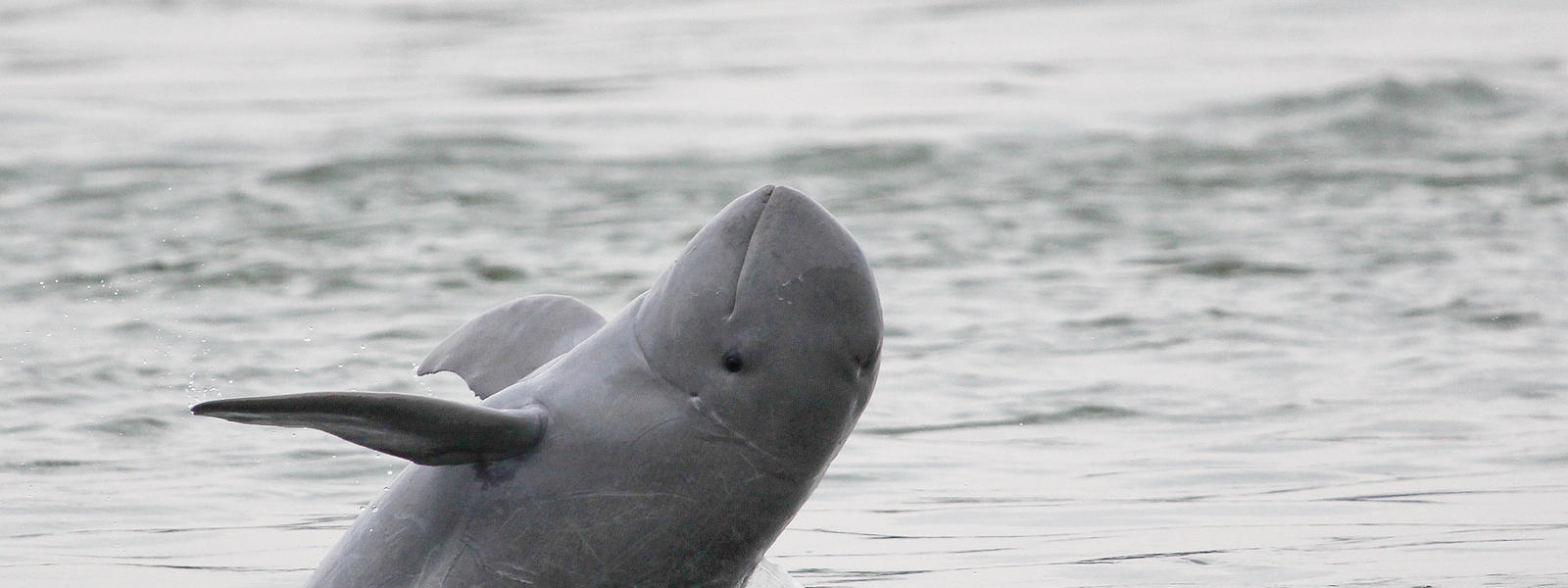
Bogor, West Java (Indonesia Window) – The International Union of Conservation of Nature and Natural Resources (IUCN) defines mahakam dolphins as critically endangered species.
That status indicates that the population number of mahakam dolphin, also called Irrawaddy dolphin (Orcaella brevirostris), in the wild, is difficult to preserve.
As the name implies, the endangered mammals live in River Mahakam, East Kalimantan province.
Several mahakam dolphins recently appeared on the surface of the country’s second longest river around Muara Kaman sub district in Kutai Kertanegara district.
“Researchers are conducting further research to study changes in mahakam dolphins’ behaviours and the shifting of their habitat in River Mahakam,” a marine mammal researcher at the Oceanographic Research Center of the Indonesian Institute of Researches (LIPI), Sekar Mira, said in a statement quoted from the LIPI’s website.
Mira explained that the appearance of mahakam dolphins in the coastal areas and rivers is not an unusual vent as the locations are the natural habitat of the animals.
However, since mahakam dolphins are increasingly rare, their presence on the surface of the river has attracted the locals.
Mahakam dolphins belong to the Cetacea order and the Delphinidae family.
Currently, dolphins which inhabit Mahakam River and the East Kalimantan coast areas have some sort of group.
Apart from River Mahakam, dolphins can be found in waters in the provinces of West Kalimantan, Java, Sumatra and Papua.
Irrawaddy dolphins are also found in South Asia and Southeast Asia, as well as in the River of Ayeyarwady in Myanmar and the River of Mekong which flows through China, Vietnam, Thailand, Laos, Cambodia and Myanmar.
According to Mira, mining activities in the upriver, where loading and unloading boats are passing by, have caused dolphins’ habitat shifted.
“The habitat shifting causes differences in parameters in the waters and composition of available preys,” she noted.
The increasing amount of wastes around the dolphin habitat also threatens the safety of the endangered species, continuing the decrease in their population.
“There was a dolphin that was washed ashore and when it was autopsied a diaper was found. Diapers, which absorb water, get bigger and eventually clogged up its digestive tract,” Mira said.
Reporting by Indonesia Window
.jpg)
